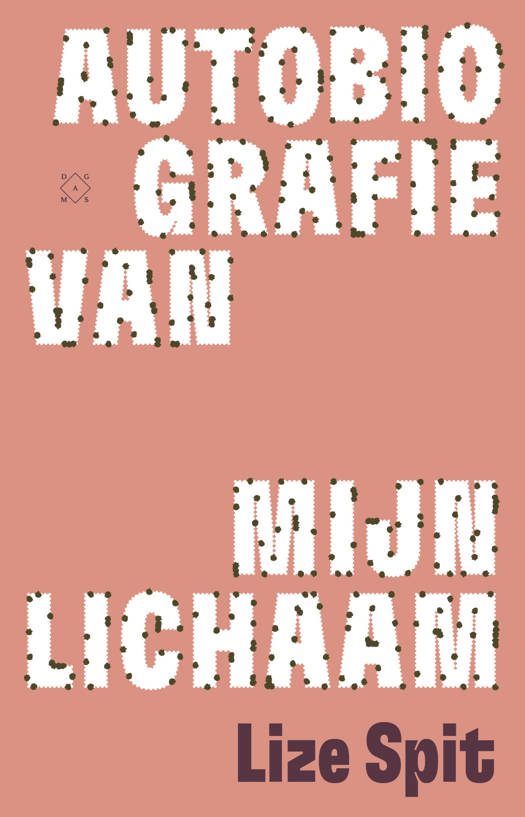
- Afhalen na 1 uur in een winkel met voorraad
- Gratis thuislevering in België
- Ruim aanbod met 7 miljoen producten
- Afhalen na 1 uur in een winkel met voorraad
- Gratis thuislevering in België
- Ruim aanbod met 7 miljoen producten
Omschrijving
This exciting book brings the often-overlooked southern Maya region of Guatemala into the spotlight by closely examining the "lost city" of Chocola. Jonathan Kaplan and Federico Paredes Umana prove that Chocola was a major Maya polity and reveal exactly why it was so influential.
In their fieldwork at the site, Kaplan and Paredes Umana discovered an extraordinarily sophisticated underground water-control system. They also discovered cacao residues in ceramic vessels. Based on these and other findings, the authors believe that cacao was consumed and grown intensively at Chocola and that the city was the center of a large cacao trade. They contend that the city's wealth and power were built on its abundant supply of water and its command of cacao, which was significant not just to cuisine and trade but also to Maya ideology and cosmology. Moreover, Kaplan and Paredes Umana detail the ancient city's ceramics and add over thirty stone sculptures to the site's inventory.
Because the southern Maya region was likely the origin of Maya hieroglyphic writing and the Long Count calendar, scholars have long suspected the area to be important. This pioneering field research at Chocola helps explain how and why the region played a leading role in the rise of the Maya civilization.
A volume in the series Maya Studies, edited by Diane Z. Chase and Arlen F. ChaseSpecificaties
Betrokkenen
- Auteur(s):
- Uitgeverij:
Inhoud
- Aantal bladzijden:
- 524
- Taal:
- Engels
- Reeks:
Eigenschappen
- Productcode (EAN):
- 9780813056746
- Verschijningsdatum:
- 26/06/2018
- Uitvoering:
- Hardcover
- Formaat:
- Genaaid
- Afmetingen:
- 156 mm x 234 mm
- Gewicht:
- 979 g

Alleen bij Standaard Boekhandel
Beoordelingen
We publiceren alleen reviews die voldoen aan de voorwaarden voor reviews. Bekijk onze voorwaarden voor reviews.












